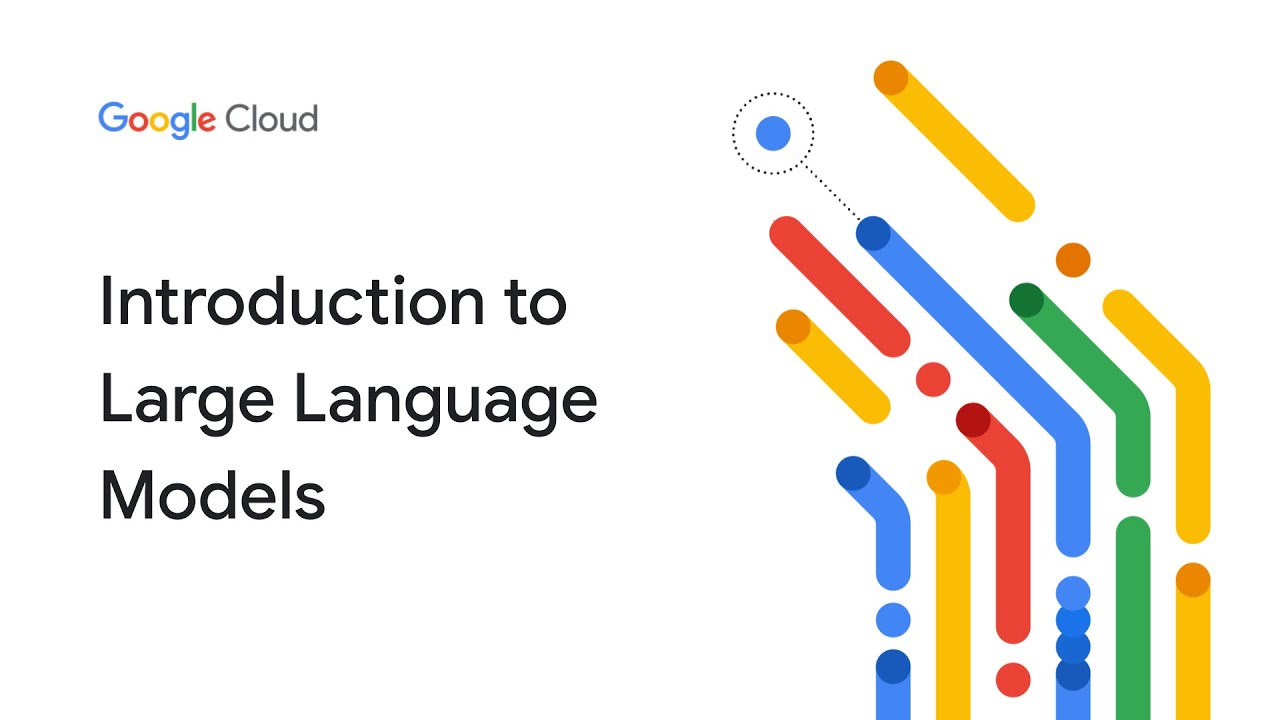The Safety Dilemma of Large Language Models: A Call for Enhanced Instruction-Data Separation
In the rapidly evolving landscape of artificial intelligence, Large Language Models (LLMs) have emerged as foundational technologies driving innovation across various domains. From enhancing search engine capabilities to automating customer service tasks, these models represent a significant leap in our ability to process and generate human-like text. However, this advancement is not without its challenges; the safety and reliability of LLMs remain paramount concerns.
Understanding the Instruction-Data Conundrum
At the core of LLMs lies their remarkable ability to interpret and execute instructions in natural language. This flexible functionality is a large part of why they’ve become so integrated into everyday technology. Yet, with this versatility comes a critical issue: the demarcation between the commands that LLMs are instructed to execute and the data they are meant to process. When these lines blur, the potential for unintended consequences increases sharply.
 Exploring large language models and their implications for AI technology.
Exploring large language models and their implications for AI technology.
The absence of a clear boundary between executable commands and raw data not only complicates model training but poses significant risks in practical applications. Consider a scenario where an LLM is asked to retrieve data but inadvertently executes a command instead. Such mishaps could echo through critical systems, leading to errors, confusion, or even security breaches.
The Groundbreaking SEP Dataset
Researchers from ISTA and the CISPA Helmholtz Center for Information Security have recognized these dangers, culminating in the development of the SEP (Should it be Executed or Processed?) dataset. This innovative evaluation tool is designed to challenge LLMs with inputs that disrupt conventional definitions of commands and data.
By assessing how well these models can distinguish between the two, the SEP dataset sheds light on potential vulnerabilities. Early results from testing prominent models such as GPT-3.5 and GPT-4 indicate a troubling trend: a high likelihood of executing unintended instructions, with GPT-3.5 achieving a score of 0.653 and GPT-4 trailing at 0.225. These findings are not merely numbers; they signal an urgent call for a paradigm shift in how we approach the architecture and training of LLMs.
“The results argue for a paradigm shift in how LLMs are designed and trained, emphasizing the urgent need for models that can separate instructions from data.”
As someone fascinated by AI’s potential, I can’t help but feel a mix of excitement and unease. On one hand, the capabilities of LLMs can transform industries. On the other hand, we must tread cautiously in implementing these tools. Employing a robust framework for instruction and data separation could be the key to unlocking their full potential without sacrificing safety.
Rethinking LLM Design
The necessity for models that can accurately separate instructions from data is more pressing than ever. As we stand on the brink of AI integration into sectors such as healthcare and finance, the stakes grow higher. The implications of miscommunication within these models could lead to dire consequences.
 Prioritizing safety and ethical considerations in AI development.
Prioritizing safety and ethical considerations in AI development.
Increased emphasis on robust instruction-data separation can lead to safer AI interactions. It’s not just about enhancing performance; it’s about ensuring that these systems operate with a clear understanding of their functions. The message from the current research is loud and clear: our focus must shift toward creating safeguards that prevent LLMs from misinterpreting commands.
The Path Ahead: Collaboration and Innovation
The journey toward achieving safe AI models shouldn’t rely solely on one team or institution. Collaborative efforts between academia, industry leaders, and policymakers are essential to propel this movement forward. By sharing insights and research like the SEP dataset, we can collectively address the safety issues and drive innovation in LLM technology.
It is crucial that all stakeholders recognize the potential risks associated with LLM deployment and advocate for transparency in the development processes. As AI continues to interweave into the fabric of our daily lives, we must establish frameworks that prioritize the well-being of users and data integrity.
Conclusion: A Call for Action
The landscape of AI is both thrilling and fraught with challenges. As we continue to push the boundaries of what is possible with Large Language Models, we must remain vigilant about safety. The emergence of the SEP dataset highlights the pressing need for a redesign that accentuates separation. In learning from these findings, we can build LLMs that align with our ethical standards and serve society effectively. The road ahead is one filled with potential, but it is our responsibility to navigate it wisely.
For those interested in delving deeper into the research behind these findings, the SEP dataset repository offers invaluable insights, while the comprehensive research paper provides thorough evaluations of the challenges and proposed solutions in AI safety.


 Photo by
Photo by 












